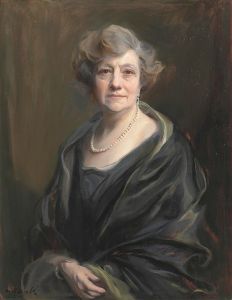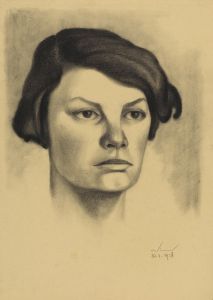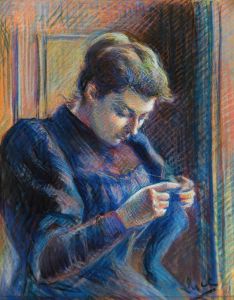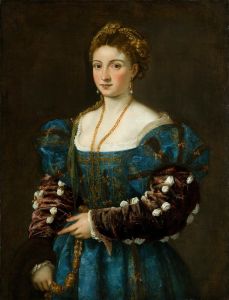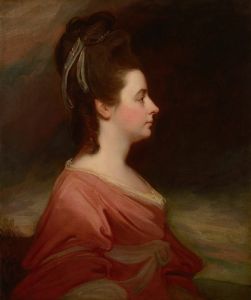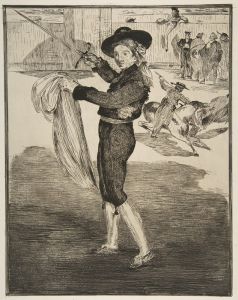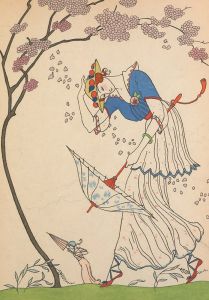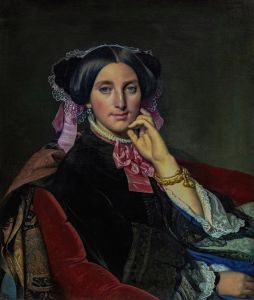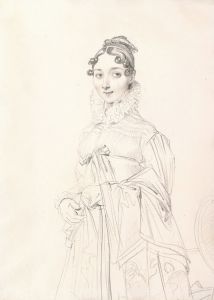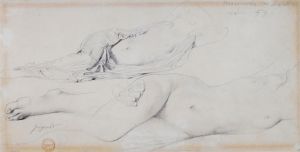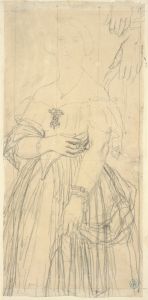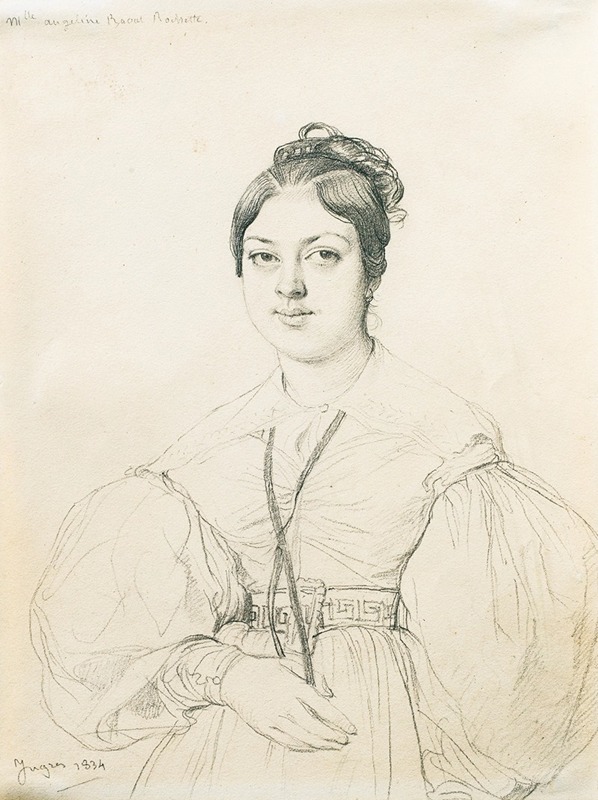
Portrait d’Angeline Raoul-Rochette
A hand-painted replica of Jean Auguste Dominique Ingres’s masterpiece Portrait d’Angeline Raoul-Rochette, meticulously crafted by professional artists to capture the true essence of the original. Each piece is created with museum-quality canvas and rare mineral pigments, carefully painted by experienced artists with delicate brushstrokes and rich, layered colors to perfectly recreate the texture of the original artwork. Unlike machine-printed reproductions, this hand-painted version brings the painting to life, infused with the artist’s emotions and skill in every stroke. Whether for personal collection or home decoration, it instantly elevates the artistic atmosphere of any space.
Jean Auguste Dominique Ingres, a prominent French Neoclassical painter, is renowned for his portraits that capture the essence of his subjects with precision and elegance. One of his lesser-known works is the "Portrait d’Angeline Raoul-Rochette." This painting exemplifies Ingres' mastery in portraiture, reflecting his dedication to detail and his ability to convey the personality and status of his sitters.
Ingres was born in 1780 in Montauban, France, and he became a leading figure in the Neoclassical movement, which sought to revive the classical art forms of ancient Greece and Rome. His education at the École des Beaux-Arts in Paris and his tutelage under Jacques-Louis David, a key proponent of Neoclassicism, significantly influenced his artistic development. Ingres' style is characterized by his precise draftsmanship, smooth surfaces, and an emphasis on line over color, which are evident in his portraits.
The "Portrait d’Angeline Raoul-Rochette" is a testament to Ingres' skill in capturing the likeness and character of his subjects. Angeline Raoul-Rochette was the wife of Désiré Raoul-Rochette, a notable French archaeologist and art historian. The portrait is believed to have been painted during the 19th century, a period when Ingres was highly sought after for his portrait commissions by the French elite.
In this portrait, Ingres employs his characteristic linear precision and attention to detail. The composition is carefully balanced, with Angeline Raoul-Rochette depicted in a poised and dignified manner. Her attire and the setting reflect her social status, a common theme in Ingres' portraits, where clothing and background elements are meticulously rendered to provide context about the sitter's identity and position in society.
Ingres' portraits often feature a serene and introspective quality, and the "Portrait d’Angeline Raoul-Rochette" is no exception. The sitter's expression is calm and composed, suggesting a sense of inner strength and confidence. Ingres' use of light and shadow enhances the three-dimensionality of the figure, while his delicate handling of textures, such as the fabric of the clothing and the softness of the skin, adds to the lifelike quality of the portrait.
The painting also reflects Ingres' adherence to classical ideals of beauty and proportion. His focus on idealized forms and harmonious compositions aligns with the Neoclassical principles that dominated his work. Despite the idealization, Ingres manages to infuse a sense of individuality into his portraits, capturing the unique features and personality of each sitter.
While the "Portrait d’Angeline Raoul-Rochette" may not be as widely recognized as some of Ingres' other works, such as "La Grande Odalisque" or "Portrait of Madame Moitessier," it remains an important example of his portraiture. It showcases his ability to blend classical techniques with a personal touch, resulting in a work that is both timeless and intimate.
In conclusion, Jean Auguste Dominique Ingres' "Portrait d’Angeline Raoul-Rochette" is a fine representation of his portraiture skills and his commitment to the Neoclassical style. Through his meticulous attention to detail and his ability to convey the essence of his subjects, Ingres has left a lasting legacy in the world of art, with this portrait serving as a testament to his enduring influence.





